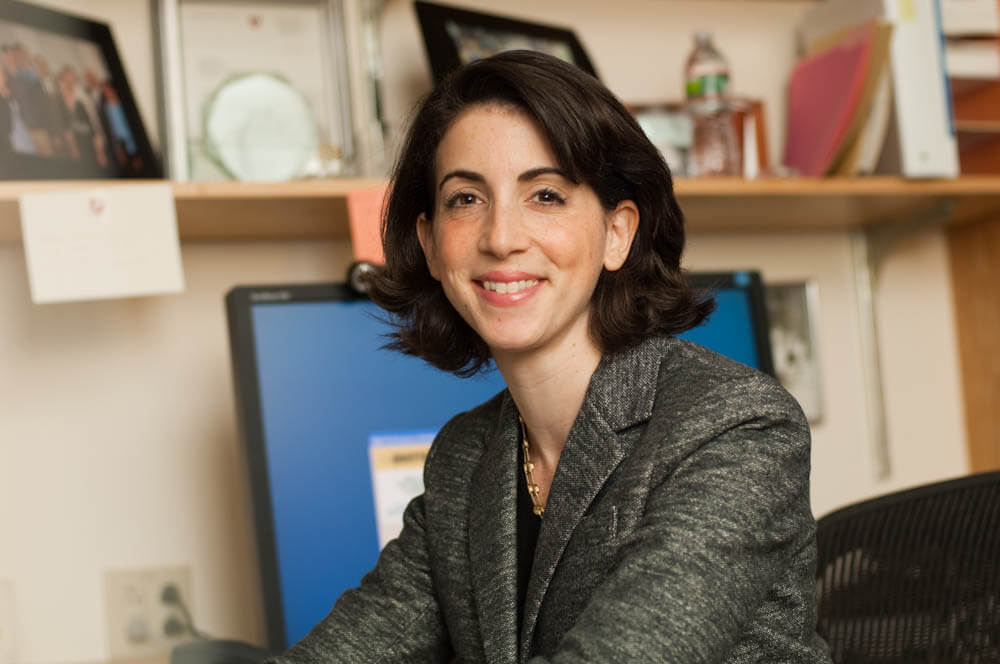Nearly 40 years after its introduction, tamoxifen continues to prove its value as a breast cancer prevention drug.
The most recent evidence comes from the International Breast Cancer Prevention Study 1 (IBIS-1), which for 20 years has been tracking breast cancer occurrence and survival rates in more than 7,000 women who had a higher than average risk of developing breast cancer at the time of enrolling in the study. Half the participants were randomly assigned to take tamoxifen for five years, while the other half took a placebo, or inactive pill, for the same period. (Participants didn’t know which pill they’d been assigned to receive.)

Last year, the study leaders reported on how many women in each group had developed breast cancer since the study began 22 years ago. They found, over that period, participants who took tamoxifen had a 30 percent lower chance of developing breast cancer than did those who took a placebo.
“It’s quite extraordinary that an action that women took for five years has this carryover effect, with continued benefit well beyond the time of initial treatment,” Erica Mayer, MD, MPH, a breast cancer specialist in the Susan F. Smith Center for Women’s Cancers, said in a recent video interview with the Oncology Report.
Tamoxifen is used to treat women with breast cancer that is hormone-receptor positive – that grows in the presence of the hormones estrogen and/or progesterone. By blocking the hormone receptors on tumor cells, tamoxifen prevents the hormones from stimulating tumor cell growth. The drug is also used to prevent cancer in women with an above-average risk for the disease.
Read more:
Despite the reduced risk of breast cancer in women who took tamoxifen as part of IBIS-1, study leaders found that overall survival – how long the participants live – was essentially the same whether participants took tamoxifen or a placebo. This may be due to the fact that life-ending illnesses or events are relatively rare in this population of women, and divergences in survival may take more than 20 years to become apparent.
“The results suggest that tamoxifen has a lasting impact in preventing the transformation of normal breast cells into cancerous ones,” Mayer says, adding that despite its effectiveness, tamoxifen is still underused. “The number of women taking it is only a fraction of those who might benefit from it.”

amen to that…on it 17.5 years and counting!
Wonderful to hear, Joanne! Thank you for reading and connecting with us.
Those are wonderful statistics unfortunately the side effects for these meds can be difficult. The joint pain is not manageable some days but the fear of not taking it is even more debilitating. Three more years to go!!!!
How can I find out if I am eligible for the treatment. Do I ask my doctor? Please I had two biopsies already and thanks God they were not cancer but I’m always worry about it.